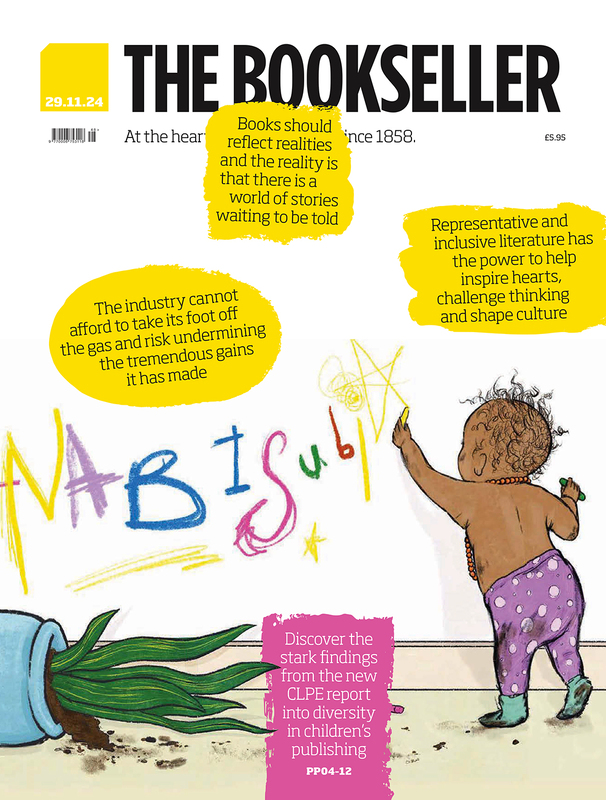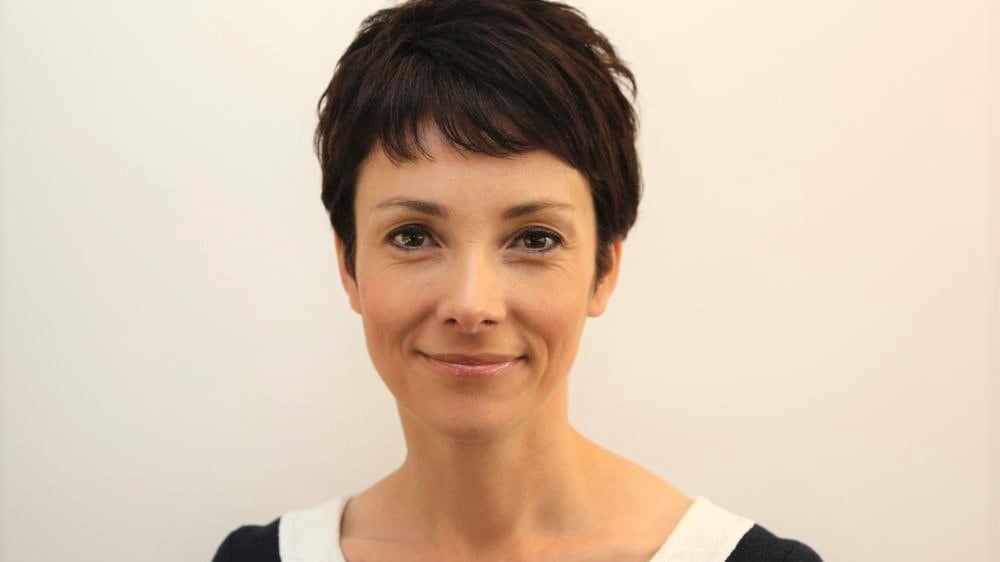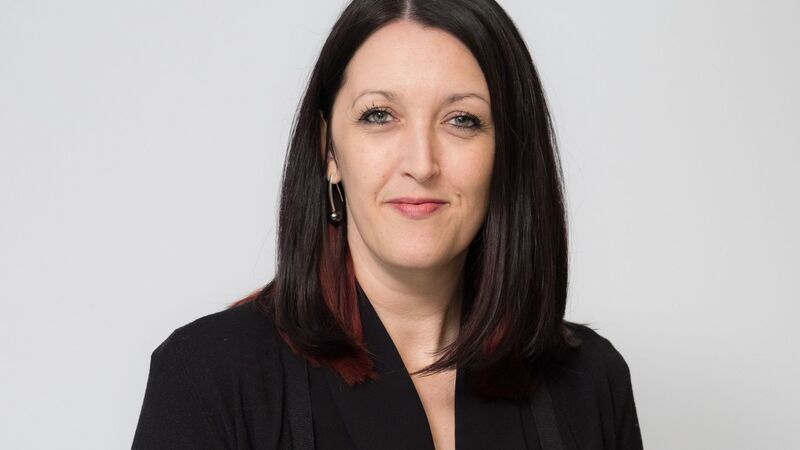You are viewing your 1 free article this month. Login to read more articles.
Education publishers see Covid-led digital acceleration
As schools across the United Kingdom return to physical settings, a number of educational lists have built on the momentum their digital offers enjoyed through the lockdown.
Education publishers have said the sector is experiencing rapid acceleration in the take-up of digital resources, reporting that schools are gravitating towards a “blended approach” between classroom and virtual learning from home, amid continuing disruption caused by the pandemic, in spite of recent school reopenings.
Education presses have had a rough ride this year—at one point schools were closed in more than 180 countries, particularly hitting those presses with a majority-print business model. The market experienced a significant downturn—the sector was nearly 40% down in May, according to a survey run by the Education Publishers Council—although it was up in the first two months of the year. However, as well as showing signs of recovery going into the new academic year, sales of digital resources have swelled in a trend some publishers have forecast is here to stay.
At Hodder Education, m.d. Lis Tribe revealed its digital sales for the year-to-date were up 30%, while September’s digital sales are almost treble what they were in the same month a year ago (up 185%).
As other publishers did, Hodder Education gave away swathes of digital resources when lockdown hit—worth over £1m—to help schools through the difficult March and April months. Despite this, sales have continued to rise. One of its key innovations was its Reading Planet Online offer, as part of which all books in its reading scheme were made available online. Despite being offered for free over the summer term, subscriptions by the end of September soared 300%. Its student e-textbooks, offered on Hodder Education’s proprietary platform Dynamic Learning, were also well used. Accompanied by teaching and learning resources, worksheets, homework, lesson Powerpoints and videos, sales were up 56% on last year.
Lessons learned
Tribe believes escalating digital take-up is partly because teachers, despite having returned to physical settings with students, are still having to deal with regular interruptions where individual children and whole year groups may be forced to stay at home as local lockdowns are enforced.
“There has been an acceleration towards more digital teaching and learning, definitely,” said Tribe. “We all have had to get used to new technology, and students have done the same, in secondary more so than primary [schools]. The virus isn’t going away—we’ll likely still be in a period of uncertainty for the next six months—so the ability to switch between real and virtual kinds of learning is important. My prediction is it will have to stay quite flexible. Any way we can help with that, as publishers—with print and resources that can be printed off for those who don’t have access to technology, and lessons and resources for those that do—is going to be really important.”
Last week Scholastic reported digital billings were up 15% for its first financial quarter of 2021 (covering the end of May to the end of August), despite revenue being down 7% overall during the same period. “Spurred by remote learning experiences last spring, the digital evolution in home and school education is accelerating, leading to increased sales and usage of our highly innovative and award-winning digital literacy programmes,” commented Scholastic c.e.o. Richard Robinson last week. The statement came in light of increased sales of its Literacy Pro, Scholastic F.I.R.S.T. and W.O.R.D. programmes, as well as “expanded adoption” of digital editions of its classroom magazines and recently released Learn at Home activities for use by four to 10-year-olds.

At Pearson, Sharon Hague (pictured), senior vice-president for UK Schools, said there were “definite signs” that lockdown and its aftermath had accelerated the transition from print to digital by “maybe three or four years”. She said the company had “really increased” its sales of existing digital services over the past six months. Hague said this was fuelling innovation, hastening some of the company’s investment in what it thinks are the services that schools need now and in the future.
Pearson provided The Maths Factor alongside other resources free of charge in response to the closure of schools owing to Covid-19, and more than 450,000 families signed up in the three months following schools’ closures, attracting in the region of 130,000 active monthly users. It also launched Harrow School Online, a fully online global sixth form, offering A-Level education to pupils aged 16–18. The first live lessons started with the new academic year, as part of which Pearson Edexcel International A-Levels are being taught in maths, further maths, chemistry, physics and economics.
“We think what has happened is that this whole experience has accelerated that trend [of increased digital usage]. And we think it’s here to stay,” said Hague. “We have innovated in the short-term but we also have some large-scale investments we will be launching in the next few months. It’s actually quite an exciting time to be able to support teachers in schools, but also to identify opportunities for where those rapid changes are taking place in education, and being there to support schools and teachers with it.
“I would say demand for digital services is stronger now than at the start of lockdown,” Hague continued. “Teachers have learned a tremendous amount about how to use the digital services they have seen, and they are now really embracing what has worked, and taking that into more of what they are providing on a day-to-day basis.”
Resurgent offers
Les Hopper, Oxford University Press’ head of UK digital product, said it had been a “roller-coaster six months” where usage of its platforms “skyrocketed”, evidenced as sales of its digital products, some of which have been part of its offering for years, “doubled, tripled, quintupled”. He agreed with Hague that lockdown had proven itself to be a catalyst in advancing the use of digital resources, perhaps by as much as four or five years.
In particular, UK subscriptions to OUP’s MyMaths and MyiMaths online teaching and homework websites surged (they were used in more than 2,100 schools during lockdown), as did subscriptions to OUP’s flagship platform for digital teaching in secondary schools, Kerboodle, benefiting 3,100 schools in the same period. Beyond publishers’ own solutions, usage of Google Classroom—the free learning management system developed by Google—doubled its active user base to more than 100 million between March and April. As Hopper pointed out, the platform could complement publishers’ digital offerings.
“The really interesting thing has been the shift in attitude from the market,” said Hopper. “I think there’s a real positive to this uptick, because we passionately believe digital technology can improve learning outcomes and access to education, if it’s done well. We have had challenges to make sure our technology is keeping up with people, but we’ve managed to do that, whether that’s enhancing our platforms to work better with Google or Microsoft, or doing more with our tech folks to make sure we have the capacity to keep things moving.”
Led by the market, Hopper said OUP has accelerated its digital plans to give its pipeline “more speed and focus”. This is something that, like Pearson and OUP, Collins Learning is also doing. The business’ new m.d., Alex Beecroft, stated that it is piloting an innovative “adaptive learning” product with schools this autumn, one which has potential to assist teachers with diagnostics to understand where pupils are at in their learning cycle.
A blended future
Speaking of schools’ desire to have access to digital learning products, Beecroft held up the example of sales of its “mature” iterated product Collins Connect, in the market since 2014, which saw a strong resurgence in engagement this September. It worked “in a sprint” over the lockdown period to complement the subscription product with an e-book platform, creating pricing that would “not be prohibitive” for schools. On top of this, many of its print products also flourished. This September was the strongest through Collins.co.uk—which serves both trade consumers and schools—since the curriculum change in 2014, with 15% revenue growth year on year. It also saw huge engagement with its Easy Learning products for pre-school and Key Stage 1 and 2 learners, leading to, and in turn fuelled by, visibility in Amazon’s bestseller charts.
“I don’t think it’s a case of one [print or digital] superseding the other,” Beecroft said, hedging his bets on what the outcome will be after the impact on schools from Covid-19 stabilises. “I think it’s a case of each type of school setting and each Key Stage and each subject [assessing] how they can draw on both effectively. And this period will have given them a richer perception of what they can do with digital products and platforms—I think that will be quite enduring.”














